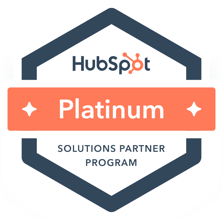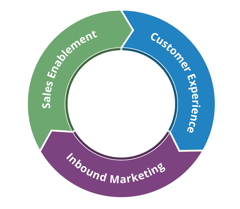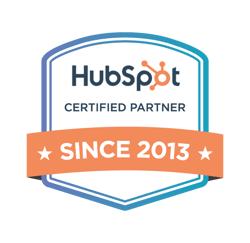In the modern business landscape, understanding your customers is paramount. As companies delve deeper into data analytics, there emerges a metric that stands out in its importance: Customer Lifetime Value (CLV). But what exactly is CLV, and why should businesses care about it? Let's take a deep dive into the world of Customer Lifetime Value.
What is Customer Lifetime Value (CLV)?
At its core, CLV represents the total net profit a business expects to earn from a customer throughout its entire relationship. It goes beyond just a single transaction and encompasses the whole relationship span, from the first interaction to the last. CLV offers insights into how much each customer is worth to your business over a more extended period.
The Formula
While there are variations, a basic formula to compute CLV is:
CLV = (Average Order Value) x (Number of Repeat Sales) x (Average Retention Time)
- Average Order Value (AOV): This is the average amount a customer spends in a single transaction.
- Number of Repeat Sales: The average number of times a customer purchases during a specific period.
- Average Retention Time: The average length of time a customer continues to purchase from your business.
Why is CLV Important?
-
Focused Marketing Budgets: Knowing the CLV helps businesses decide how much they should spend on customer acquisition. If you know a customer's value over time, you can allocate your marketing budget to acquire them.
-
Enhanced Customer Segmentation: Understanding the CLV of different customer segments can help businesses create more targeted and effective marketing campaigns.
-
Strengthened Retention Strategies: If a company knows the potential long-term value of a customer, they are more inclined to invest in retention strategies to keep those valuable customers engaged.
-
Improved Product and Service Development: By focusing on high CLV customers, companies can tailor their products and services to meet the needs and preferences of their most profitable customers.
-
Informed Business Decisions: With CLV, businesses can make more informed decisions about where to allocate resources, which products or services to push, and which markets to penetrate.
Increasing Your CLV
-
Focus on Customer Service: Exceptional customer service can lead to increased customer loyalty, leading to a higher CLV. If you value your customers and they can see that from your product and service enhancements, they are more likely to continue to purchase from you and also recommend your organization to friends, family, and peers.
-
Loyalty Programs: There's no secret that rewarding your customers for staying loyal can keep them returning, increasing their lifetime value. B2C companies can do this through rewards programs where customers earn points or something similar toward future purchases, free products, or more. B2B companies can reward loyal customers with referral programs, access to beta programs, and even access to new services earlier than new customers.
-
Personalization: Personalizing your customers' experiences can make them feel valued, leading to more frequent purchases and longer relationships. For example, if you are a Software-as-a-Service company, you likely have data about which parts of the product different customers are leveraging. Use this information to your advantage by recommending related tools they should try in your platform or even new and improved product offerings or beta testing.
-
Regular Feedback: By regularly seeking and acting on feedback, you can continually improve your offerings, ensuring they align with your customers' wants. You can do this through long-form surveys to gather enhanced data or even something as simple as a Net Promoter Score (NPS) to get a quick pulse on your customer base and how they value your product or service.
-
Cross-selling and Up-selling: Encouraging customers to purchase complementary products or upgrading to a premium service can increase the average order value, thus boosting the CLV. This could be through bundling products or services or upgrading to more advanced tools if they would see more value from the product and get more returns from this advanced usage of your product or service.
While CLV is a significant metric, it's crucial not to view customers merely as numbers. They are the lifeblood of any business, and while profitability is essential, the relationship goes beyond just transactions. Customers today demand authentic connections, values alignment, and experiences that resonate with them.
Therefore, while understanding and improving CLV is beneficial, it's also vital to ensure that businesses maintain the human touch in the process—high CLV results from genuine, long-lasting relationships between companies and their customers.
In today's hyper-competitive market, understanding the nuances of your customer base is more critical than ever. CLV offers a lens to view immediate profits and the long-term value a customer can bring. By prioritizing and investing in strategies to boost CLV, businesses can achieve sustainability and robust growth in an era where customer expectations are continuously evolving. It's not just about the numbers; it's about building relationships that stand the test of time.
If you're looking to discuss how you can look at customer lifetime value to make more strategic marketing and sales decisions, we invite you to schedule a consultation with our team, and we can discuss your growth goals.


__Square.png?width=250&height=250&name=Marketing_Hub_(1)__Square.png)




.png?width=250&name=diamond-badge-color%20(1).png)
